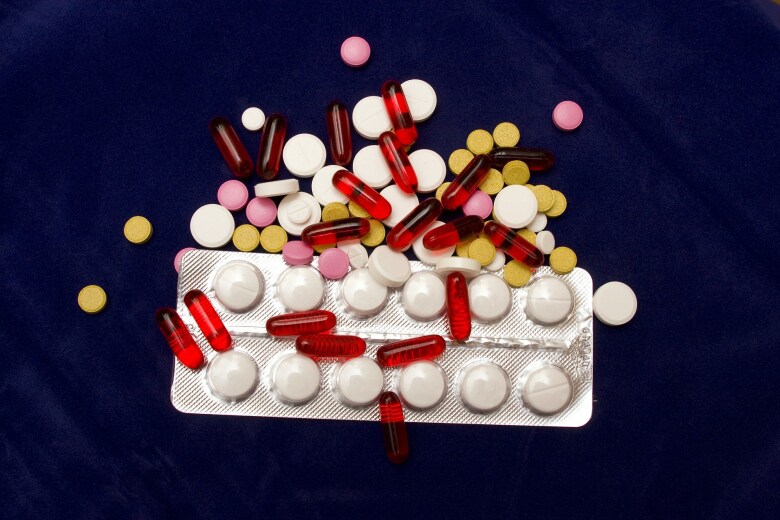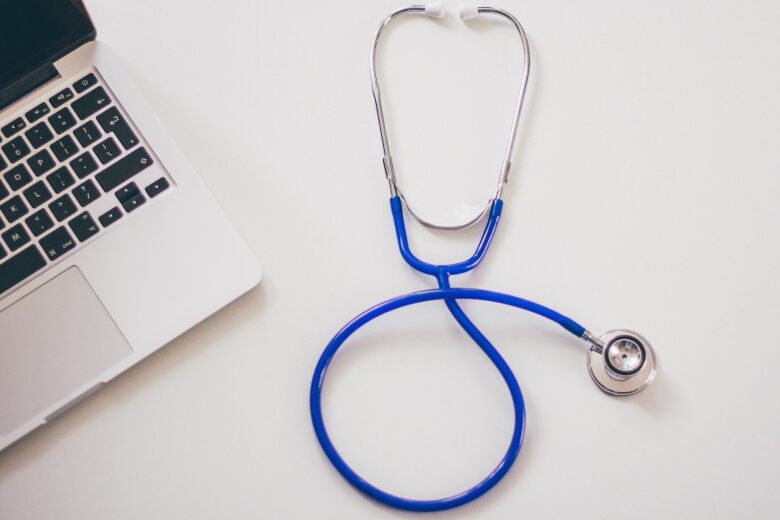Two physicians working at the intersection of healthcare and technology recently chatted about what FHIR will mean to practitioners at the point of care. Russell Leftwich, MD, InterSystems senior clinical advisor, interoperability, has been actively participating in FHIR standards as a board member of HL7 International. Jeff Soble, MD, a practicing cardiologist and CEO of ASCEND HIT, an InterSystems partner, has worked in cardiovascular IT for 20 years. This "FHIRside chat" is the first in a two-part series.
Dr. Leftwich: As a cardiologist deeply engaged in technology, you’ve got a unique perspective on emerging standards. When you think about FHIR, what do you see?
Dr. Soble: Cardiology has been at the forefront of data systems adoption and integration. We were the first to feel the burden of limited interoperability. We’ve got enterprise EHR and best-of-breed data systems, but need a standard like FHIR to break down data and workflow silos.
Dr. Leftwich: FHIR could create interoperability between systems within organizations in many specialties, including cardiology. Incorporating subject-matter expertise of specialists into FHIR resources is still a challenge.
Dr. Soble: An example of a serious cardiology workflow issue is medication administration during interventions or procedures. Medication administered on the floors is recorded in a MAR, a Medication Administration Record. When a patient comes to the cath lab for a coronary angiogram or intervention, everything shifts to a different recording system. How do you reconcile medication administered in the cath lab with the MAR once the patient returns to the floor?
Dr. Leftwich: That’s another example of where FHIR will connect systems that can’t communicate, even when they’re in the same room, or capture data on the fly. In emergency situations, this creates patient safety issues. FHIR is very app-friendly and adaptable to mobile devices, the internet of things, and medication-administration equipment. It should be possible as FHIR is built out to create apps for capturing medication and activity information during procedures without interrupting workflow.
Dr. Soble: ASCEND is involved in clinical-decision support for cardiology. For decades, we’ve been building systems to capture clinical data. Simultaneously, leading societies such as ACC have been creating thousands of pages of clinical guidelines and appropriate-use criteria. Better interoperability standards allowing these guidelines and AUCs to work from existing data would benefit clinicians and patients at the point of care.
Dr. Leftwich: Yes, FHIR is suited not only to delivering that decision support, but also to offering it as a service on the Internet. So your organization could be supporting institutions worldwide via FHIR.
Dr. Soble: So FHIR changes how we think of big data. Instead of relying on a data warehouse, FHIR lets you access data wherever it lives.
Dr. Leftwich: Yes, with FHIR you access and send data to analytics or decision-support programs, right now for simple use cases, but the full potential is still a few years away. FHIR isn’t fully built out, particularly with respect to clinical data elements, but we’ll certainly get there.
To be continued.
This blog was first published on Healthcare IT News.



































